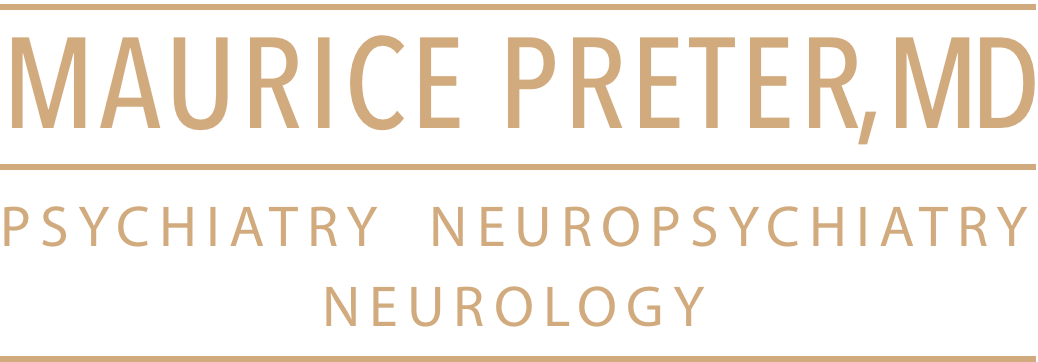Abstract
In March 2020, in response to the Covid-19 pandemic, the UK Government imposed social and physical distancing measures on the population. These lockdown measures caused significant changes to all aspects of daily life. The current study examined how the passage of time was distorted during the lockdown period. Using an online questionnaire, day and week passage of time judgments were collected. In addition, measures of affect, task load and satisfaction with current levels of social interaction were taken. The results show that over 80% of participants experienced distortion to the passage of time during lockdown in comparison with normal. The passage of time during the day was predicted by age, stress, task load and satisfaction with current levels of social interaction. A slowing of the passage of time was associated with increasing age, increasing stress, reduced task load and reduced satisfaction with current levels of social interaction. Only age and satisfaction with current levels of social interaction predicted passage of time across a week. Again, increasing age and reduced satisfaction with levels of social interaction were associated with a slowing of the passage of time. These findings demonstrate that significant changes to daily life have a significant impact on our experience of time, with younger, more socially satisfied people more likely to experience time as passing more quickly during the lockdown.
https://journals.plos.org/plosone/article?id=10.1371/journal.pone.0235871

